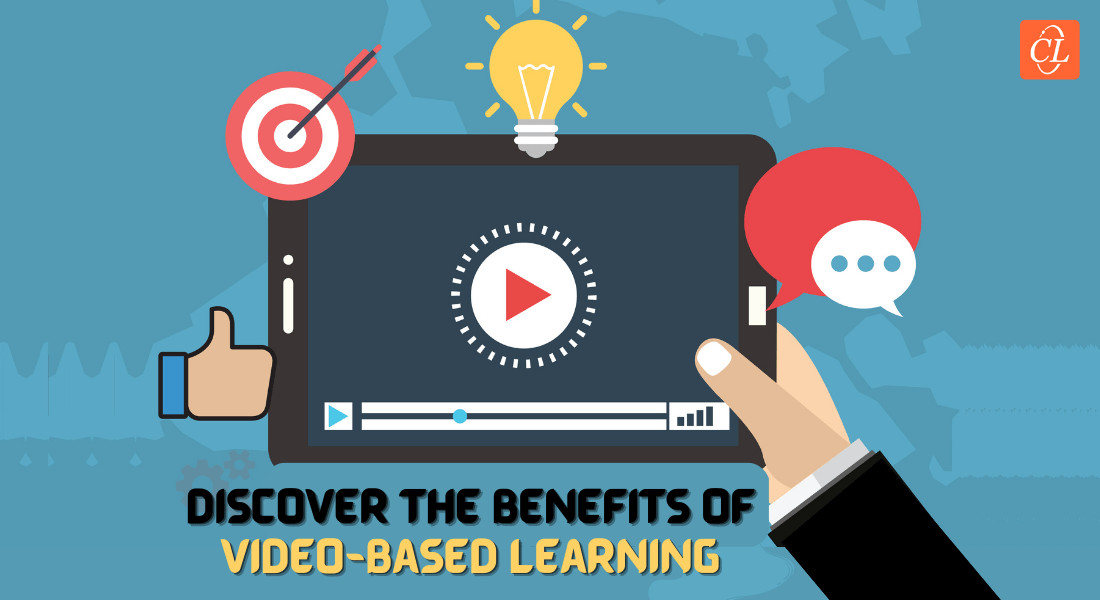6 Ways to Make E-Learning Fit the Digital Learning Paradigm

We all know that digital learning is a type of modern learning that is being increasingly adopted to keep pace with the rapid growth and acceptance of technology in the training field. Digital learning uses a combination of e-learning and offline digital learning to create a learning experience that meets the demands of today’s tech-savvy learners.
E-learning is a part of digital learning because it uses the Internet to facilitate the interaction between the instructor and students. But technology has succeeded in transforming e-learning in a way that it has become synonymous with digital learning.
That’s because the use of smart, automated and instant technologies has transformed the way e-learning is perceived both by instructors and learners. The development of devices and applications has not only spurred the growth of self-paced learning and but also encouraged learners to adopt and practice a self-managed learning approach.
The growth of digital technology has succeeded in empowering learners and helped them become aware of their needs and weaknesses; as a result, they are better informed about the skills, knowledge, and expertise they need to gain to progress in their career.
The flipside to this is, since employees have Internet access on their devices (smartphones, laptops) they turn to the Internet to find answers to questions or solutions to a work-related issue. This is the general tendency and very few actually look for answers in a course or access e-learning for solutions.
It is evident that e-learning is an integral part of digital learning, but its importance can diminish owing to the other prevalent methods of digital learning – mobile learning, microlearning, webinars, or podcasts. For e-learning to retain its importance in the digital learning model, it has to reinvent itself. It has to be developed keeping learners’ engagement in mind so that it continues to be an important resource for training employees.
Let’s look at a few ways by which e-learning can continue to retain its importance in the digital learning paradigm.
1. Conduct a thorough assessment before designing the course
Before creating an outline for your e-learning course or curriculum for your digital learning content, conduct a thorough assessment of your audience to identify their specific learning needs. An assessment of the learners’ needs will help you:
- Gain an insight into the current knowledge base and skills of your audience
- Discover the deficit areas that needs to be addressed through e-learning
This will help you identify the focal points of learning and establish the objectives of your learning strategy to create a targeted and compelling e-learning course
2. Make the course relevant to your audience
Before you get into content development, it is important to find out the profile and the attributes of your target audience. Find out their key strengths, professional knowledge, job roles, and their needs, expectations, and aspirations. This will help you create the right and relevant content that is apt for your audience and meets their needs and expectations.
In case you are introducing new content, ensure that you include illustrations and present problems with their solutions to avoid cognitive load.
3. Aim to capture the attention of your audience
Ensure that your content is designed in a way that it captures the attention of your audience and captivates their interest in the course. Devise SMART (Specific, Measurable, Attainable, Relevant and Time-bound) objectives for your course and share them with your audience. This will motivate them to go through the course and drive their learning process.
4. Design the course to make it easy to learn
There is no doubt that the Internet has transformed the way learning is designed. Courses can no longer be long, text-heavy, and monotonous paragraphs. For digital learning it has to be made visually appealing, be easy to retain, and must be designed to help in recall and retention.
The use of visual elements such as images, videos, or graphical illustrations in the course will make the course appealing to learners.
5. Use storytelling to connect with your audience
For e-learning to hit its mark, use the storytelling technique with your target audience. Your content should strike the right chord and the best way to do this is to use a story to deliver the content. Stories can make the content more relevant and help learners connect and relate to the content. This in turn triggers their cognitive process.
6. Use assessments to make learning stress free
Assessments can help you determine how much your learners have understood the content and for learners it gives them an idea of much they have learned. To make assessments exciting for your learners, move away from the regular knowledge checks and opt for interactive assessments instead. The options are scenario-based assessments, video-based assessments, gamified assessments and quizzes. This will make the assessment process exciting for your learners.
The adoption of these methods will help make your e-learning course relevant to your audience while helping you to make it more appealing in the digital context.





